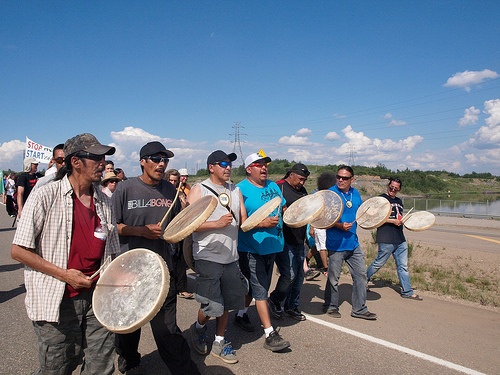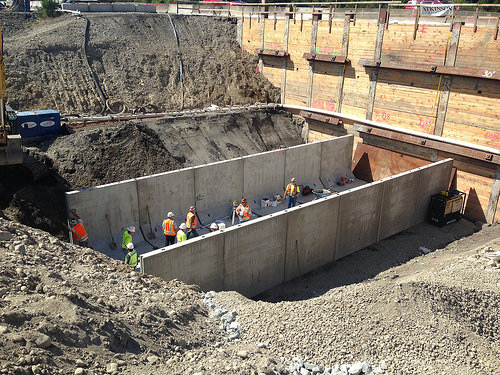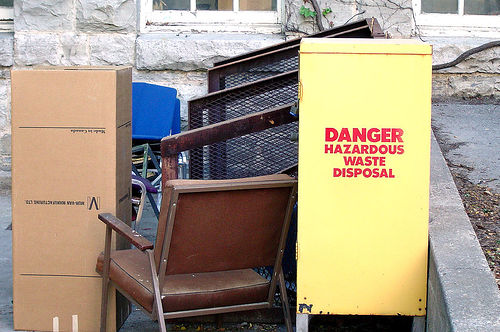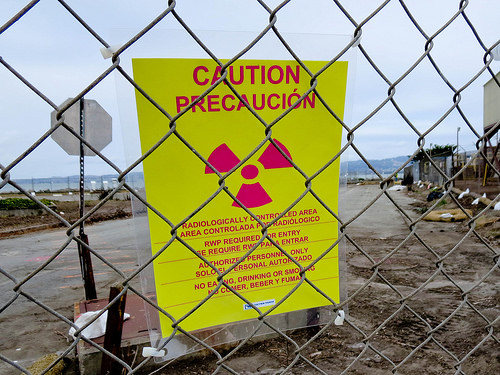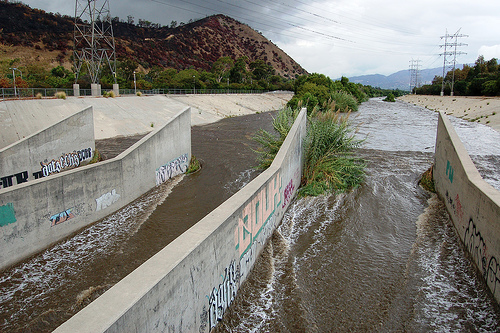On April 19, 2018, EPA released their Environmental Justice FY2017 Progress Report. The report commemorates the 25th anniversary of the Office of Environmental Justice (EJ), highlighting progress advancing EJ in minority, low-income, tribal, and indigenous communities. Among their 2017 successes, EPA documented for the first time measurable environmental outcomes in three program areas: fine particulate air pollution (PM2.5), small drinking water systems, and tribal drinking water systems. In each area, EPA measured significant improvements:
Read MoreAudit, Compliance and Risk Blog
Rebecca Luman
Recent Posts
Tags: Environmental risks, Environmental, EPA, clean water, site auditing
A Beaver’s Tale: Lessons Learned at Cuyahoga Valley National Park
Posted by Rebecca Luman on Tue, Jun 05, 2018
Growing up, my mother was instrumental in our family of eight taking camping trips each summer. By the time I was in 4th grade, I had been in 42 states, Canada and Mexico, and had never been on a plane. We explored, hiked, and camped in state parks, national parks, and forests, traversing the country, with a pop-up camper and a paper road map to navigate our journeys.
Read MoreTags: Health & Safety, Environmental risks, Environmental, clean water, site auditing
EPA Amends Standards and Practices for All Appropriate Inquiries (AAI)
Posted by Rebecca Luman on Thu, Sep 21, 2017
On June 20, 2017, EPA published a direct final rule amending the Innocent Landowner, Standards for Conducting All Appropriate Inquiries (AAI Rule) at 40 C.F.R. 312 to update an existing reference to a standard practice recently revised by ASTM International (80 Fed. Reg. 28009). Specifically, EPA amended the AAI Rule to reference ASTM International's E2247-16, Standard Practice for Environmental Site Assessments: Phase I Environmental Site Assessment Process for Forestland or Rural Property, to allow for its use to satisfy the statutory requirements for conducting AAI under the Comprehensive Environmental Response, Compensation and Liability Act.
Read MoreASTM Updates Phase 1 ESA Standard for Forestland and Rural Properties
Posted by Rebecca Luman on Wed, Jun 14, 2017
On December 1, 2016, ASTM International (ASTM) approved revisions to ASTM E2247-08, Standard Practice for Environmental Site Assessments: Phase I Environmental Site Assessment Process for Forestland or Rural Property. The revisions were made as part of ASTM’s normal review process and through a working group of ASTM’s Committee E50 on Environmental Assessment, Risk Management, and Corrective Action. The changes are aimed at prospective purchasers conducting All Appropriate Inquiries (AAI) on forestland and rural property, and include updated methodology for site reconnaissance, clarified language for recognized environmental conditions, and removal of unessential information. This current version, now designated E2247-16, replaces the “historic” 2008 version as ASTM’s current consensus-based standard.
Read MoreThe US Green Building Council’s New LEED v4 Rating System
Posted by Rebecca Luman on Thu, Dec 15, 2016
The US Green Building Council (USGBC), founded in 1993, is a consensus-based nonprofit organization with more than 12,000 national members representing the entire building industry. USGBC plays an important role in providing leadership and integration for the building industry in driving sustainable building.
Read MoreTags: Health & Safety, Environmental risks, Environmental, EHS, RCRA
To improve the efficiency of RCRA Corrective Action, in 2014, EPA Regions 3 and 7 began a pilot to implement RCRA Corrective Action using Lean process analysis with the goal of clarifying goals and expectations early in the process. The Lean process is a collection of principles and methods that focus on the systematic identification and elimination of non-value-added activity involved in producing a product or delivering a service to customers. Within the RCRA Corrective Action program, the Lean process was used to remove various redundant steps and frontload goals and expectations through a corrective action framework (CAF), resulting in significant time savings.
Read MoreTags: Environmental risks, Environmental, EHS, EPA, Hazcom, RCRA
Every place on Earth has at least a little radioactivity. It is found in bodies, food (not just in industrially irradiated food), the ground, and in many consumer products. The sun and outer space are sources of radiation. Radioactive materials prevalent in nature, such as those present in soils and rock formations and in the water that comes into contact with them, are called naturally occurring radioactive materials, or NORM. NORM typically does not present a problem to human health or the environment, as the radiation levels are very small, and there is generally not an exposure pathway. However, NORM can become concentrated as the result of certain human activities that also expose people and the environment to radiation hazards. Over time, this collection of individual concentrations/exposures has come to be regarded as part of a single, larger, and more complex problem—radiation contamination—referred to as TENORM (tee-norm).
Tags: Audit Standards, Health & Safety, Environmental risks, Environmental, EHS
Over the past two decades, society has grown increasingly conscious of pollution’s particular impacts on communities with minority and/or low-income populations. Awareness that these communities seem to bear a disproportionate amount of adverse health and environmental effects led to the multi-agency establishment of the National Environmental Justice Advisory Council in 1993 and issuance of Executive Order (EO) 12898 in 1994, Federal Actions to Address Environmental Justice in Minority Populations and Low-Income Populations. Since then, EPA, as the primary federal agency responsible for protecting human health and the environment, has taken a lead role in helping other federal agencies implement the EO.
Read MoreTwo and a half decades ago, I left my home in Austin, Texas, armed with a BS in Civil Engineering from the University of Texas at Austin with an emphasis in water resources and environmental pollution control, and moved out to Los Angeles, California. My job as a young engineer was to be part of the Los Angeles Department of Water and Powers (LADWP) Superfund Group, a team in charge of assessing and cleaning up four federal Superfund sites in the San Fernando Valley (SVF) of southern California. Having taken Environmental Engineering 101 (“dilution is NOT the solution to pollution”), as well as classes in waste and hazardous waste management, hydrogeology, and many others, I felt ready to tackle the Superfund world…but what was it really?
Tags: Business & Legal, Audit Standards, Environmental risks, Environmental, EPA

